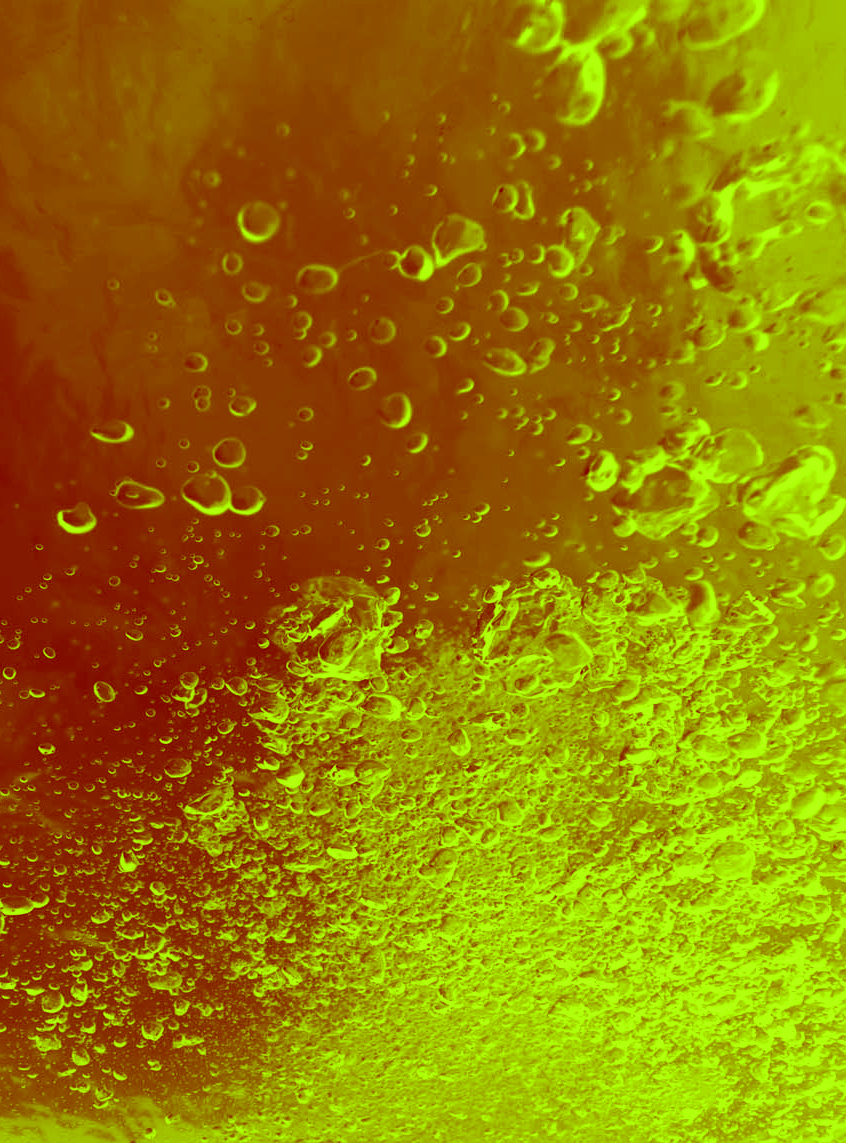Miner slammed for metal leak
 Queensland’s environment department has revealed a disused mine in far north Queensland is leaching toxic water into waterways.
Queensland’s environment department has revealed a disused mine in far north Queensland is leaching toxic water into waterways.
The ‘seepage’ point is a massive mothballed pit of contaminated water at the Baal Gammon copper mine next to Watsonville, south west of Cairns. The leak was discovered after heavy rain hit the area in late January.
The Department of Environment and Science (DES) says the water is carrying heavy metals including arsenic and cadmium, but it is unsure of the volume of contaminated water that has drained into Jamie Creek.
“These results show elevated contaminants in the seep water and downstream in Jamie Creek including metals such as aluminium, arsenic, cadmium, copper, lead, manganese, nickel, zinc and sulphate,” a department spokesperson said.
Baal Gammon Copper (BGC) has had its mining leases cancelled for “non-compliance matters relating to the non-payment of outstanding local government rates”.
The Government says it is cancelling the company's Environmental Authority (EA), after it failed to pay $3 million in financial assurance for protecting the environment around the mine.
“On Friday 15 March, DES issued a Notice of Proposed Action to cancel BGC Environmental Authority,” the spokesperson said.
“The EA may be cancelled as BGC failed to pay all of its revised financial assurance it owed to the department.”
Baal Gammon Copper says the Government is being unreasonable.
Authorities have warned local against using the water in the creek and nearby rivers for drinking, swimming or watering livestock.
“The DES has exercised its Emergency Direction powers to bring technical experts to the site in order to assess options to prevent the seepage from migrating offsite,” a department spokesperson said.
“A mobile lime dosing plant has also been mobilised to site, in an effort to accelerate the treatment of pit waters and improve water quality.”
Baal Gammon Copper and the liability for it is owned by Denis Reinhardt
Mr Reinhardt says the seepage, which he calls an “expression” of groundwater, is hard to track down.
“The expression has been linked to old workings and also to a large naturally occurring high arsenic band of rock in the bed of Jamie Creek,” Mr Reinhardt said.
“A similar band appears in the inner wall of the pit and discharges water profusely at times.
“It appears strongly related to high rainfall events.
“The Walsh River catchment is heavily mineralised and has many hundreds of old workings… it would be factually incorrect and malicious to broadcast that Baal Gammon is the source of the elevated contaminants.”
But still, he says he will fulfil a court order to treat the water and release it.
“BGC intends to treat and empty the Baal Gammon water storages of the mine pit and the mine water dam,” Mr Reinhardt said.







 Print
Print